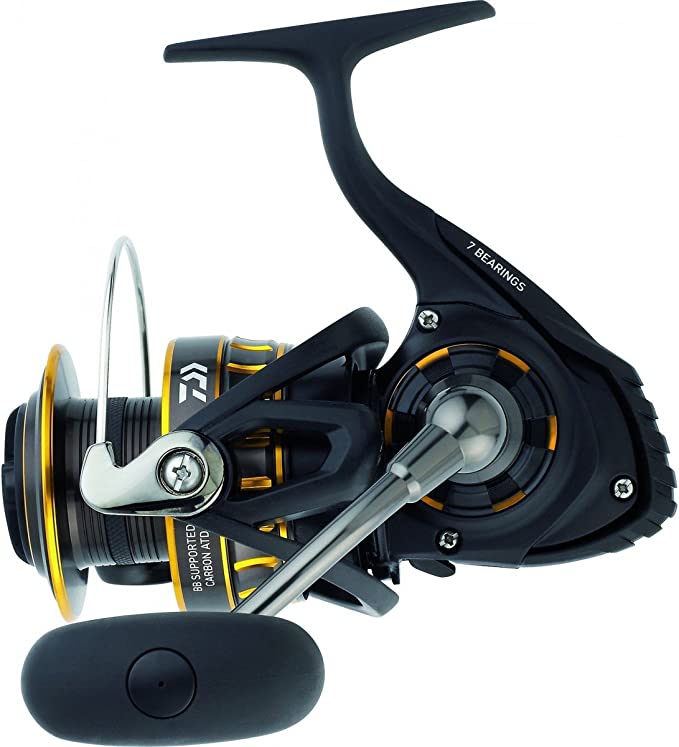The Cybernetic Smile: How SenseIQ Algorithms Are Rewriting Oral Care Habits
Update on Nov. 18, 2025, 8:40 a.m.
In the evolution of personal care, we are witnessing a shift from “passive tools” to “active agents.” A manual toothbrush is passive; it does exactly what your hand tells it to do, even if that action (like scrubbing too hard) is destructive. The Philips Sonicare 9900 Prestige represents the arrival of the “active agent” in oral hygiene. It does not merely execute your commands; it evaluates them, adjusts them, and, when necessary, overrides them.
This capability is powered by SenseIQ, a technology that transforms the toothbrush from a vibrating stick into a cybernetic system. By sampling your brushing behavior up to 100 times per second, it creates a closed feedback loop that aims to solve the most persistent problem in dentistry: human error.

The Subconscious Saboteur: Why We Need Intervention
Most dental damage—gum recession, enamel abrasion—is not caused by neglect, but by over-zealousness. We subconsciously equate “harder” with “cleaner.” While many electric toothbrushes feature pressure sensors (usually a warning light), they suffer from a critical lag: the user must see the light, process the warning, and then physically relax their hand. In that split second of reaction time, the damage is already occurring.
The Sonicare 9900 Prestige bypasses this human delay through Adaptive Intensity. When its sensors detect excessive pressure or aggressive “scrubbing” motions (the back-and-forth sawing action detrimental to gums), the device doesn’t just beep; it instantly modulates the motor’s amplitude. It automatically downshifts the vibrational intensity to protect the soft tissue.
This is a fundamental change in the user-device relationship. The toothbrush acts as a biological guardrail, physically preventing you from harming yourself, regardless of your muscle memory.
Fluid Dynamics: The 62,000 Movement Equation
Under the hood, the device utilizes Sonicare’s signature propulsion: 62,000 brush movements per minute (often described as 31,000 brush strokes). This frequency is not arbitrary; it is tuned to generate Fluid Dynamics.
At this speed, the bristles do more than touch the tooth; they agitate the fluids (saliva, water, toothpaste) into a turbulent, oxygenated stream. This micro-jet penetrates up to 3-4mm beyond the bristle tips, flushing out the interproximal spaces (between teeth) and the gingival sulcus.
The new A3 Premium All-in-One Brush Head is engineered to maximize this effect. Unlike previous iterations where users had to choose between “plaque removal” or “gum care” heads, the A3 uses angled bristles and varying stiffness zones to perform both tasks simultaneously. It acts as a hydrodynamic fin, directing the fluid forces precisely where biofilm colonies attempt to hide.

The Digital Twin: App Mapping and Long-Term Correction
While the handle handles the millisecond-by-millisecond protection, the Sonicare App manages the long-term strategy. By mapping the mouth into varying zones (6 or 12, depending on settings), it creates a digital twin of your brushing session.
This data visualization serves a crucial psychological function: accountability. The app reveals “coverage blind spots”—areas you consistently miss or under-brush. Over time, this data nudges the user toward a more uniform technique. However, as noted in user feedback, software is often the Achilles’ heel of hardware companies. Glitches in connectivity or zone registration can break the illusion of the “smart” experience, reminding us that even the most advanced AI is dependent on the stability of its Bluetooth bridge.
The Trade-offs of Intelligence
Integrating high-speed sensors and real-time processing comes with a physical cost: energy consumption. Users transitioning from simpler models may notice a shorter battery life (around 2 weeks compared to the month-long endurance of older units). This is the price of processing power. The device is essentially a small computer that also happens to vibrate, and maintaining that level of vigilance drains lithium-ion cells faster than a dumb motor would.
Conclusion: The Era of Augmented Hygiene
The Philips Sonicare 9900 Prestige is not for everyone. For the user who simply wants a clean tooth, it is likely overkill. But for the user who views health as a system to be optimized, it is a revelation.
It validates the concept of Augmented Hygiene—where technology compensates for human imperfection. By letting SenseIQ handle the variables of pressure and motion, the user is free to focus on the simple act of showing up. In the war against biofilm, this device doesn’t just give you a better weapon; it gives you a better aim.




















